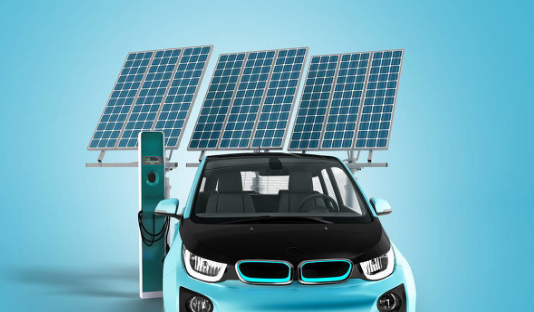Is wireless charging technology really useful for electric vehicles?
Wireless charging is nothing new in this day and age. Especially for those of you who are using mobile phones, you may have just picked up the mobile phone from the wireless charging pad. However, for electric vehicles, wireless charging technology has always been in the stage of "only hearing its sound, not seeing its people". Although many car companies have demonstrated the real car wireless charging function in recent years, they have not been able to measure It is not popular for the production car.
In theory, the wireless charging technology of electric vehicles can not only greatly improve the user experience, but also pave the way for the final step of the unmanned use scenario of future autonomous driving. One of the important reasons for the failure to truly go to the market is that various countries have failed to formulate a unified standard for the technology as soon as possible, resulting in a series of "chain reactions", which makes it difficult to scale and market. Only after the relevant standards are determined, the industry is likely to develop really fast.
Interestingly, in the national standard released this time, in addition to the leadership of the China Electricity Council, the China Electricity Council, and the participation of two government departments, the Chinese Academy of Electric Power Research and the China Automobile Research Institute, there is only one foreign company involved in the formulation of the national standard ——WiTricity. In fact, WiTricity has also participated in the formulation of electric vehicle wireless charging standards in two major markets: North America (SAE J2954) and Europe (ISO 19363, IEC 61980).

Wireless charging, originated from the electromagnetic induction of Michael Faraday, was invented by Nicholas Tesla, and was not really applied until nearly 10 years. At present, there are three main methods: electromagnetic induction, electromagnetic resonance, and radio wave; however, because the radio wave type converts electromagnetic waves into electrical energy, the balance between power and safety is tricky. At present, there are few applications. mention.
The electromagnetic induction type, a simple understanding is the principle of the transformer, which sends electrical energy to the primary coil, so that the secondary coil is coupled to induce current to realize the "wireless" transmission of energy from one end to the other end. The principle and hardware requirements of this method are relatively simple, and the relevant standards were formulated earlier. For example, the well-known Qi wireless charging standard is formulated by WPC (Wireless Power Consortium, Wireless Charging Alliance). Therefore, this type of charging technology has achieved scale, its production cost is low, and it has been tested by the market and is more popular.
The disadvantage is that the transmission distance is too short due to the limitation of the technical principle itself. As the distance increases, the loss of wireless charging will increase and the efficiency will decrease. So this is why the phone cannot be charged when it is a little farther away from the wireless charging pad. Electromagnetic resonance type, a simple understanding is the "upgraded version" of electromagnetic induction type, which is essentially through electromagnetic resonance technology, in the case of loose coupling, to improve the electromagnetic induction transmission efficiency, thereby ensuring a longer transmission while ensuring efficiency distance.
If you want to know more, our website has product specifications for electric vehicles, you can go to ALLICDATA ELECTRONICS LIMITED to get more information

